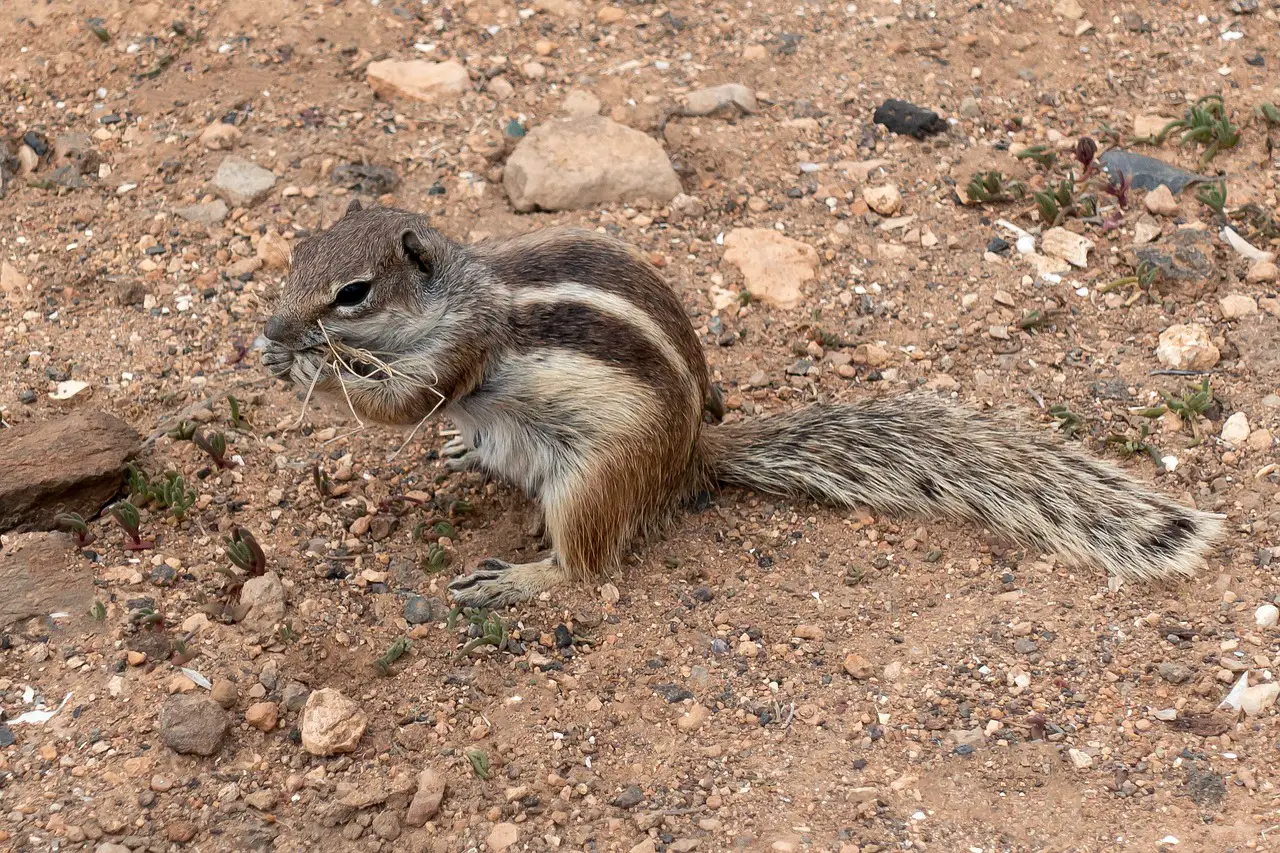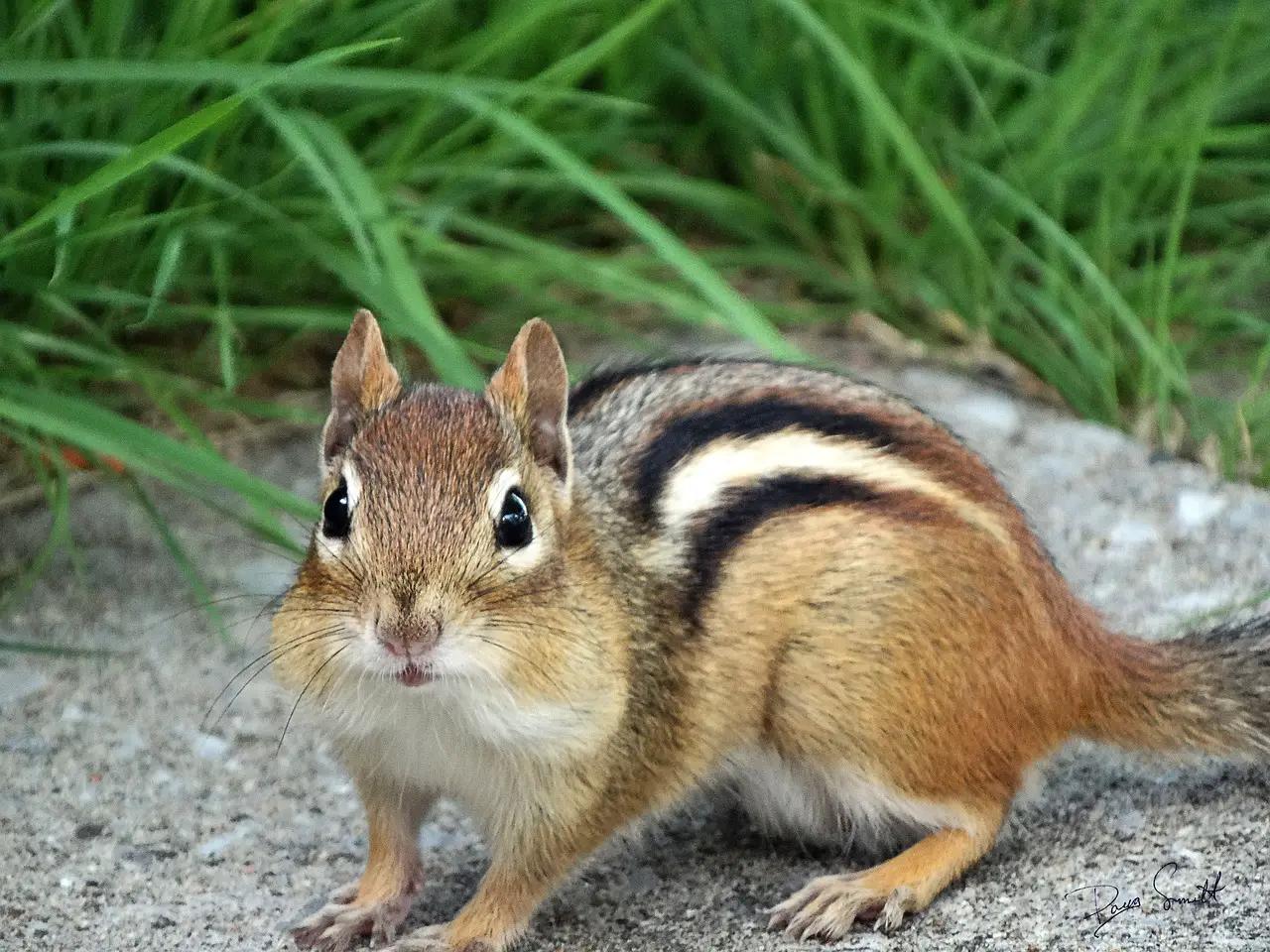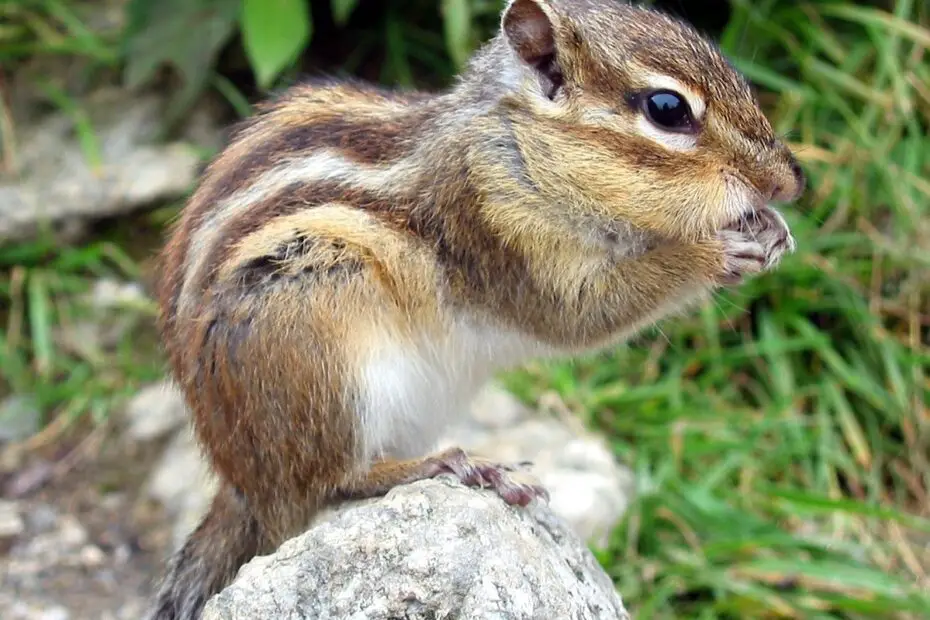Chipmunks, those adorable little creatures scurrying about in our backyards, are not only known for their cuteness but also for the traces they leave behind. One such clue is their poop. Yes, you read it right! Chipmunk poop can offer valuable insights into their presence, health, and even ecosystem functions.
In this article, we will delve into the world of chipmunk poop, exploring its characteristics, identification, importance in ecosystems, and potential concerns. So, let’s dive in and unravel the secrets hidden within these tiny droppings.
You may also want to know what spider poop looks like.
Chipmunk Poop: What Does It Look Like?
Characteristics of Chipmunk Poop
Chipmunk poop, also known as scat or droppings, can provide valuable information about these small rodents. The appearance of chipmunk poop can vary depending on their diet, habitat, and individual factors. However, there are some general characteristics to look out for.
Size and Shape
Chipmunk droppings are typically small in size, similar to grains of rice. They are cylindrical and have pointed ends. The dimensions may range from around 0.2 to 0.5 inches in length, with a diameter of approximately 0.1 to 0.2 inches. These tiny pellets are often dark brown or black in color.

Identifying Chipmunk Poop in Your Backyard
Where to Look for Chipmunk Poop
To identify chipmunk poop in your backyard, it’s important to know where to search. Chipmunks are ground-dwelling creatures and tend to create burrows or underground tunnels as their homes. Look for chipmunk droppings near their burrow entrances, along their travel paths, or in areas where they feed.
Signs of Chipmunk Presence
Apart from the droppings themselves, there are other signs that can indicate the presence of chipmunks. Keep an eye out for small holes in the ground, chewed vegetation, scattered shells from nuts or seeds, and distinctive chipmunk tracks. Combining these clues with the presence of chipmunk poop can provide a more comprehensive understanding of their activity in your surroundings.
The Importance of Chipmunk Poop in Ecosystems
Chipmunk poop might seem insignificant at first glance, but it plays a crucial role in ecosystems. These tiny droppings contribute to nutrient cycling and seed dispersal, promoting the health and diversity of plant communities.
Nutrient Cycling
Chipmunk droppings contain organic matter and nutrients that are essential for the growth of plants. When chipmunks consume seeds, nuts, berries, and other plant material, they digest the nutrients and excrete them in their droppings. These droppings then serve as a natural fertilizer, enriching the soil and facilitating the growth of new vegetation.
Seed Dispersal
Chipmunks are avid gatherers of seeds and nuts. They collect and store food in their burrows or caches, often forgetting some of them in the process. These forgotten caches turn into potential seed banks, allowing new plants to sprout and grow. Chipmunk poop acts as a natural sower, aiding in the dispersal and distribution of seeds across their habitat.
Chipmunk Poop as a Sign of Health and Activity
Chipmunk droppings can serve as indicators of their overall health and activity levels. Monitoring chipmunk populations and the presence of their droppings can provide valuable insights into the condition of their habitat and the overall ecosystem.

Monitoring Chipmunk Populations
By observing the frequency and quantity of chipmunk poop in a particular area, researchers and conservationists can monitor population densities and fluctuations. Changes in chipmunk droppings can indicate shifts in habitat suitability, resource availability, or even the impact of environmental factors.
Indicators of Habitat Quality
The presence of chipmunk droppings in an ecosystem can also serve as an indicator of habitat quality. Chipmunks are highly sensitive to changes in their environment, and the presence of abundant food sources and suitable burrowing sites can attract these creatures. Conversely, a decline in chipmunk droppings may indicate habitat degradation, loss of resources, or disturbances in the ecosystem.
Potential Risks and Concerns Associated with Chipmunk Poop
While chipmunk droppings can provide valuable insights into the natural world, it’s important to be aware of potential risks and take necessary precautions.
Zoonotic Diseases
Like other rodents, chipmunks can carry zoonotic diseases such as hantavirus and salmonellosis. These diseases can be transmitted to humans through direct contact with contaminated droppings or inhalation of airborne particles. It is crucial to avoid direct contact with chipmunk poop and maintain proper hygiene practices when handling or cleaning areas with their droppings.
Prevention and Proper Handling
To minimize the risks associated with chipmunk poop, it’s important to prevent their access to indoor spaces, seal off entry points, and maintain cleanliness in areas where they may be active. If you encounter chipmunk droppings in your garden or yard, use gloves and a mask when cleaning them up. Dispose of the droppings in sealed bags or containers and wash your hands thoroughly afterward.
FAQs About Chipmunk Poop
- Is chipmunk poop dangerous to humans? Chipmunk droppings can carry zoonotic diseases, so it’s important to take precautions and avoid direct contact. Proper hygiene practices should be followed when handling or cleaning areas with chipmunk poop.
- Can you use chipmunk poop as fertilizer? While chipmunk poop contains organic matter and nutrients, it is not commonly used as fertilizer due to its small quantity and potential risks associated with handling wildlife droppings.
- How can you differentiate chipmunk poop from other animal droppings? Chipmunk droppings are small, cylindrical pellets with pointed ends. They are usually dark brown or black in color. By comparing their size, shape, and color with reference guides or consulting experts, you can differentiate them from other animal droppings.
- What should I do if I find chipmunk poop in my garden? If you find chipmunk droppings in your garden, take precautions to minimize direct contact. Wear gloves and a mask when cleaning them up, dispose of the droppings properly, and practice good hygiene by washing your hands afterward.
- Do chipmunks use their poop for communication? Chipmunks primarily use vocalizations and scent marking for communication, rather than their droppings. Chipmunk poop serves more as an ecological indicator than a communication tool.
Conclusion
Chipmunk poop might not be the first thing that comes to mind when thinking about these charming creatures, but it holds valuable clues about their presence, health, and ecological contributions. By understanding the characteristics of chipmunk droppings, identifying them in our surroundings, and recognizing their ecological importance, we can gain a deeper appreciation for these small but significant members of our ecosystem. Just remember, while chipmunk poop can provide fascinating insights, it’s important to handle it with caution and prioritize proper hygiene practices.
